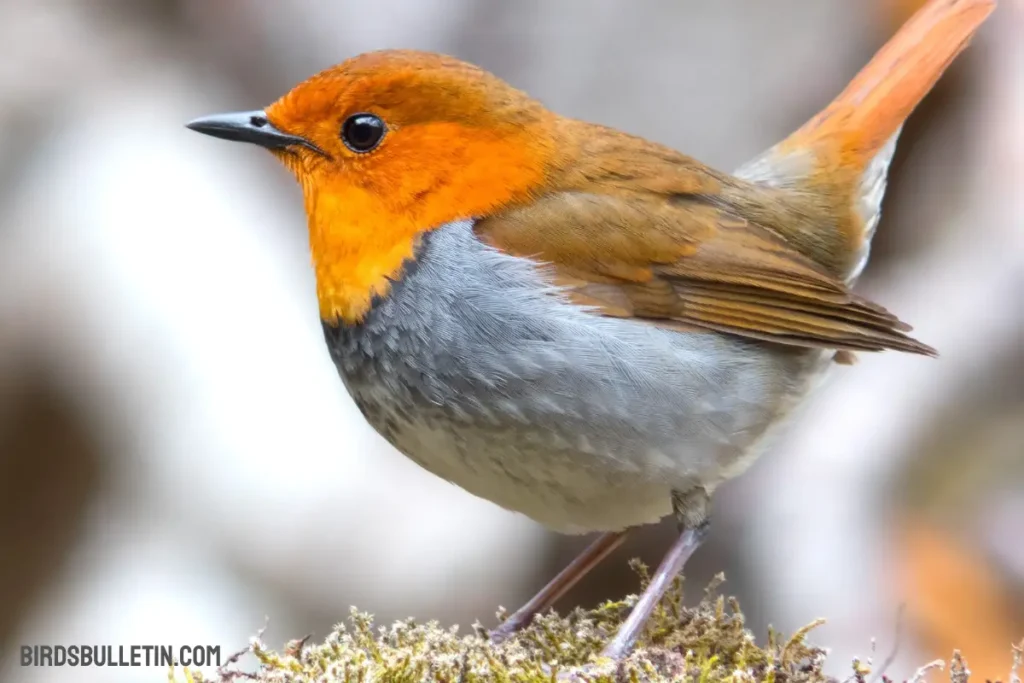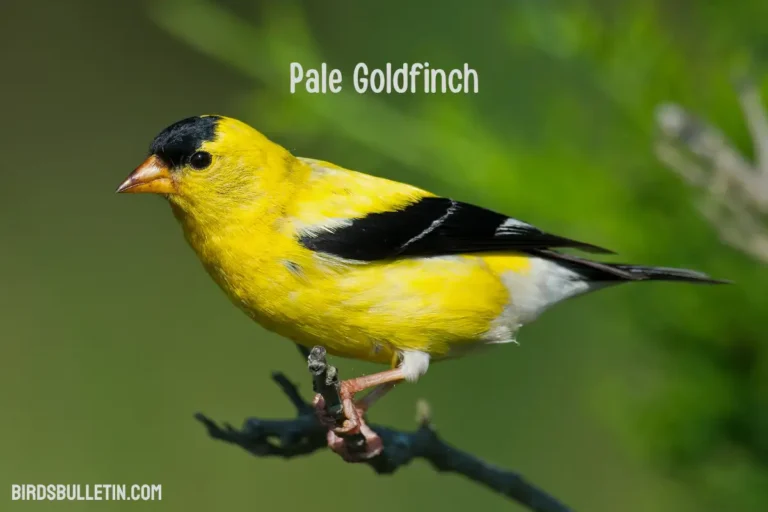Turdus Migratorius Propinquus (Western)
The western American robin (Turdus migratorius propinquus) is a pale, brownish-gray subspecies found across western North America.
Adapted to drier climates, this robin breeds from Canada south to Mexico before retreating just a short distance for the winter. Let’s take a closer look at this western songbird.
Looking for more overview about bird subspecies:
Scientific Classification
- Kingdom: Animalia
- Phylum: Chordata
- Class: Aves
- Order: Passeriformes
- Family: Turdidae
- Genus: Turdus
- Species: T. migratorius
- Subspecies: T. m. propinquus (Western Robin)

Identification
The northwestern robin is slightly smaller than the eastern subspecies and is characterized by its very dark head. Its distinctive features include restricted white tips on the outer two tail feathers, setting it apart from other subspecies.
These unique markings aid in their identification, especially for birdwatchers and ornithologists.
Location
The western robin breeds across western North America from Canada south to California and northern Mexico. It winters in the southern part of its range, not migrating very far. It inhabits forests, scrublands, and human-altered environments.
Interesting Facts
- Females are duller in color than males. Some females lack much red below.
- Its pale plumage helps keep it camouflaged and cool in arid climates.
- The male’s warbling song marks its breeding territory.
- Its diet includes insects, worms, berries and fruits.
- The population is estimated at over 20 million.
Status and Conservation
With a thriving population, the western robin is classified as a species of Least Concern by the IUCN. Providing native plants for food and nesting sites can help support these robins.
Frequently Asked Questions
1. How does the western robin differ from eastern robins?
Western robins are paler grayish-brown, with duller orange underparts. They lack white tail spots and do not migrate far from breeding areas.
2. What is the western robin’s habitat?
They inhabit diverse areas including forests, scrublands, deserts, and suburban areas across western North America into Mexico.
3. How can I attract western robins to my yard?
Provide fruiting trees/shrubs, nesting sites, and water sources. Use natural pest control methods. Leave leaf litter for foraging.
4. Are northwestern robins commonly seen in urban areas?
While northwestern robins primarily inhabit wooded areas and coastal regions, they can occasionally be found in urban and suburban areas, during migration and winter, where suitable food sources are available.
Summary
The pale western robin is well-adapted to the drier climates of western North America. As a non-migratory species across much of its range, these robins maintain their breeding and wintering grounds year-round. Protecting habitats across forests, deserts, and suburbs will help conserve these melodious songbirds.







